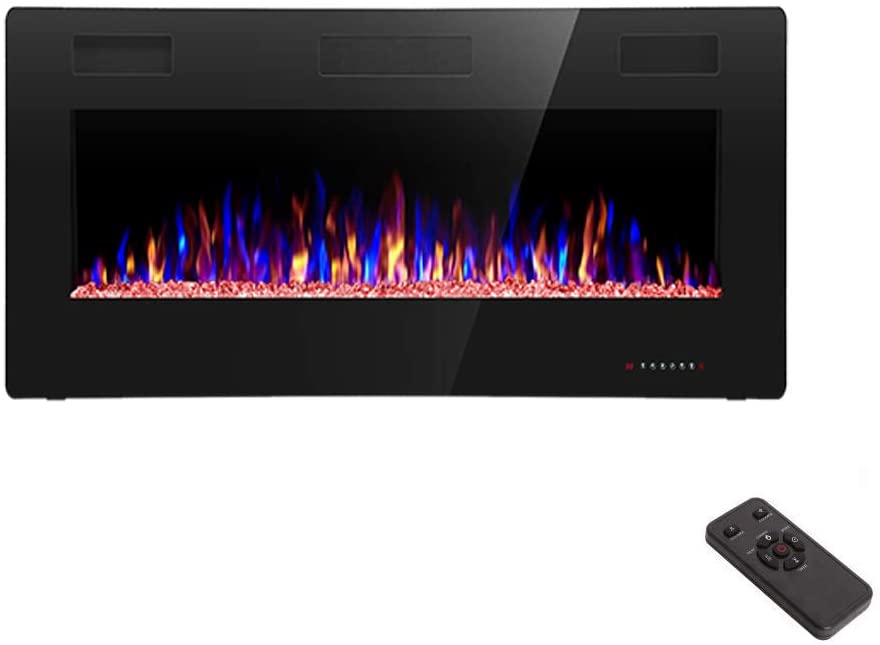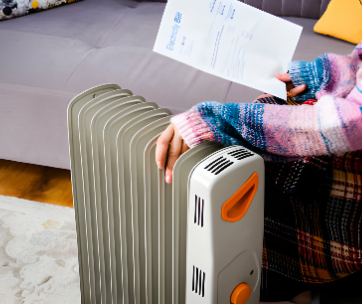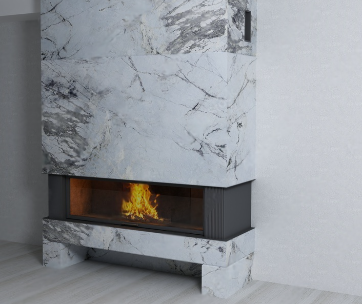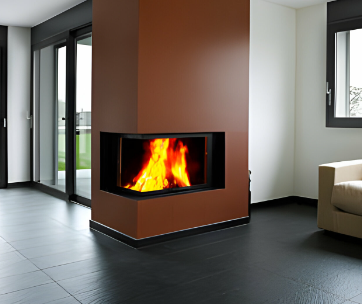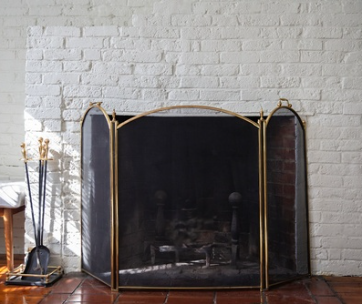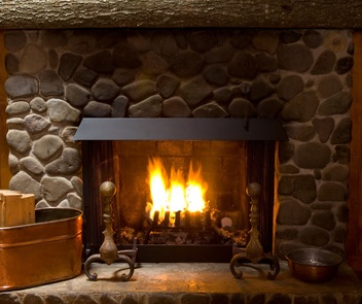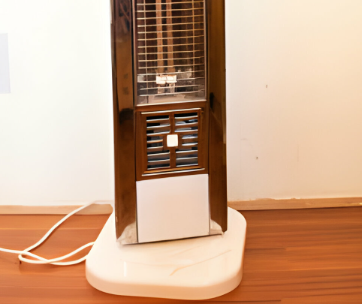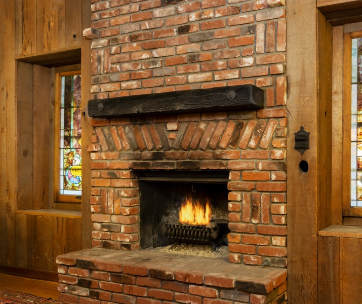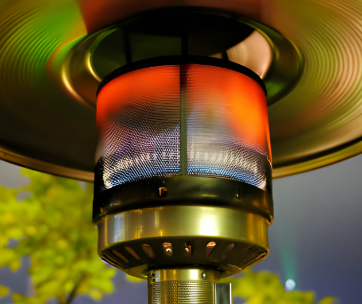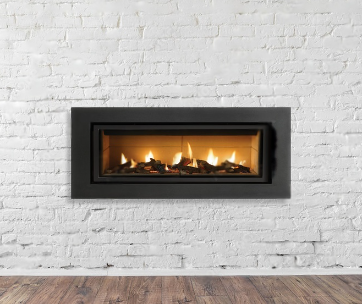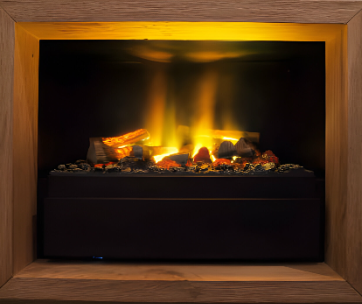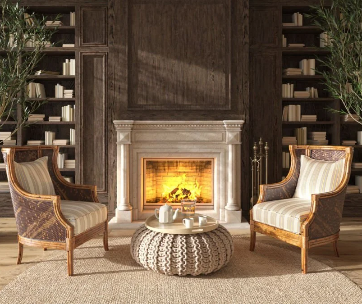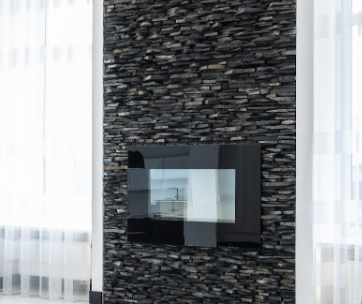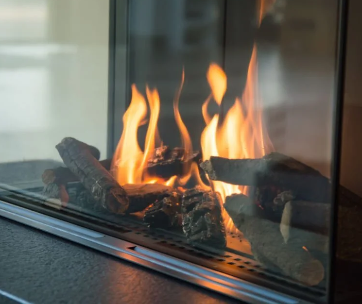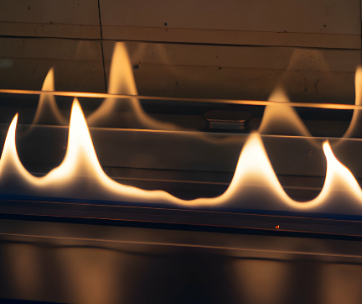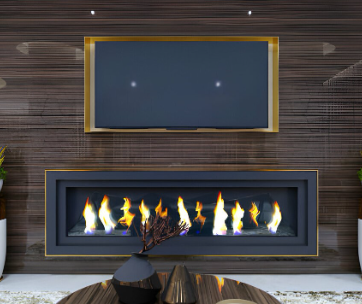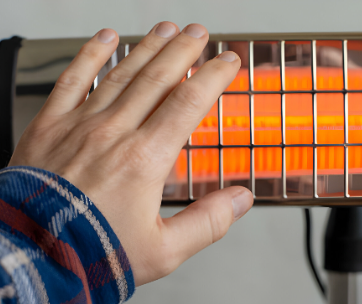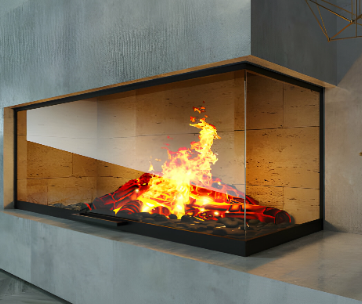Before delving into the interrogative whether electric fireplaces are energy-efficient, it is imperative to understand the meaning of energy efficiency, which in layman’s, is the ability to use negligible energy amounts in performing tasks that are carried out using energy. These tasks could include warming, heating, cleaning, boiling, and even cooking. As seen in my earlier article on fireplace design options, it is apparent that the adoption of electric fireplaces continues to grow.
Energy efficiency can also be broken down into environmental friendliness, affordability, and the ability to cut down uses on other fuel sources for the particular one in question. In the illustrative graph that I have used below, I compare the energy used by a standard fridge, an electric fireplace, and a pool pump.
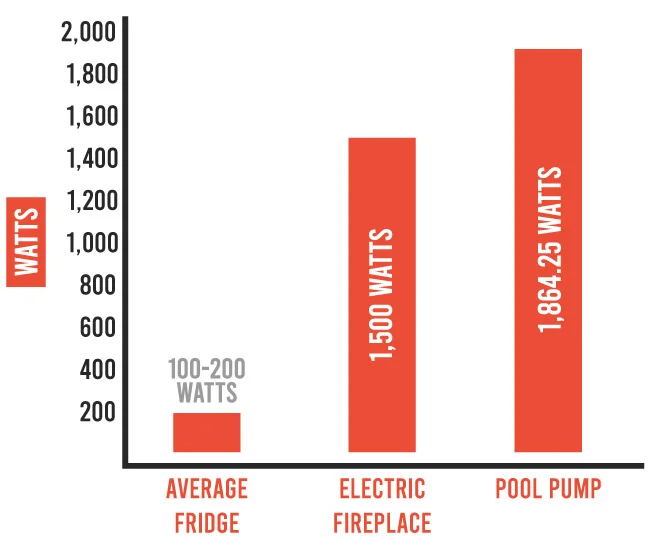
Arguably, electric fireplaces can be said to be energy efficient. I explain below:
Are Electric Fireplaces Energy-Efficient
Electric fireplaces have a 100% conversion rate of electric energy to heat
Electric fireplaces hardly waste any energy as the electricity is almost entirely directly converted into heat for lighting and warming at a 100% conversion rate. This percentage clearly sets out the energy efficiency of electric fireplaces. Electric fireplaces roughly use about 1500 Watts of energy. A conversion of this energy amount into heat directly without wastage is efficiency galore.
Electric fireplaces produce flames without turning the heater on
In this instance, the efficiency of electric fireplaces is when it is used for lighting, as they can produce flames without necessarily turning on the heater. This implies that the fireplace can serve two purposes simultaneously, but there is also a possibility of one at go-producing sparks for lighting. This is in stark contrast to traditional fireplaces as this capability is non-existent; hence energy efficiency of electric fireplaces as there is no wastage for unintended purposes.
Electric fireplaces do not emit Carbon
With electric fireplaces, during heat and light production, there is no Carbon emitted. As is conventionally understood, Carbon is harmful to human health when it homogenates with Oxygen as it leads to suffocation. The deficiency of Carbon makes electric fireplaces stand out in terms of energy efficiency because it ensures that the energy harnessed is not harmful and has undergone complete combustion. As such, it means that the electric fireplace has been channeled for the intended purpose without putting the safety of persons in a particular household in jeopardy.
Electric fireplaces are environmentally friendly
Another reason for efficiency is the global fact that it is environmentally friendly. For any energy source to be termed efficient in the cosmos, it should comply with the universal conventional environmental regulations. This approach ensures that it does not cause physical and chemical harm to the environs surrounding it. Electric fireplaces meet this expectation satisfactorily, hence rubberstamping their energy efficiency.
This is simply because it neither produces soot, smoke, or ash produced by almost all standard fireplaces in other circumstances. We are mindful of the effects the aforementioned can have on environmental aesthetics. Production of the latter also reduces the efficiency of those fuels or energy sources as more of the energy is converted to smoke, steam, and ash; hence less heat is produced.
Electric fireplaces can be turned on or off.
Compared with wood fireplaces or stoves, electric fireplaces can always be turned on and off for the intended purpose and at an intended time. This simply hints that immediately the objective is achieved, and the touch of a button puts out the energy. This proves its efficiency, especially in comparison to fireplaces that use wood, where even after completion of cooking or heating, embers would still be burning; hence tips of burning wood have to be crushed to charcoal or ash to put them out. This leads to energy wastage and upholds the energy efficiency of electric fireplaces.
Electric fireplaces use Light Emitting Diodes (LED) bulbs in producing flames for lighting.
The LED bulbs preserve energy or are energy saving. This is an improvement of the former electric bulbs that employed halogen bulbs for flame production. Halogen bulbs were not energy-saving and hence were not efficient. Adoption of the LED energy bulbs cements electric fireplaces as energy efficient.
Modern fireplaces have thermostats built-in
Thermostats help with the energy efficiency of the electric fireplaces. Take, for instance, the fireplace intended to produce heat for warming the entire household. The thermostat is used to set the required temperature. Once that temperature has been achieved, the thermostat turns the heater on and off, thus regulating the intended temperature for the household.
This will run for as long as the household owner wishes. By keeping the required temperature in check while turning the heater on and off, the energy efficiency of the electric fireplace is beyond doubt proven. This is because energy is used when it is only needed.
Electric fireplaces do not entail the burning of materials
Since heat production in electric fireplaces rests solely on electricity, there is no burning of materials to produce heat. When materials are burnt to produce heat, e.g., wood, propane, charcoal, etc., not all the potential energy in that energy source is tapped.
This is explained by the conversion of the energy from these materials during burning into gas, steam, or smoke. This means not the entire energy amounts have been harnessed as some are lost. For electric fireplaces, that is unheard of. This, therefore, makes electric fireplaces energy efficient.
FAQs on Electric Fireplaces
What is the electricity cost for the amount of electricity used in a fireplace?
Electricity cost for an electric fireplace would vary infinitely from household to household. This is due to the number of rooms with those fireplaces and how often they are used for lighting, warming and the desired temperatures “warm”. The size of a household would directly be proportionate to the electricity cost as smaller households warm faster than larger ones.
Can electric fireplaces produce sparks?
Definitely yes, as the LED bulbs have been customized to meet user preferences, so it would be so easier to have one that produces light in the form of sparks and moreover of colors of your choice.
How is the safety of an electric fireplace guaranteed?
When it comes to wiring, the design is always well thought out and laid down by an architect to ensure no live or exposed wires, which may cause electrocution.
In terms of Carbon, electric fireplaces are safe even when one is asleep as there are no carbon emissions hence no vulnerability to the much-dreaded carboxy-hemoglobin, which causes suffocation by limiting the Oxygen supply in the body.
Conclusion
In conclusion, and as argued, other fireplaces which use alternative energy sources can still be energy efficient, but as it stands, electric fireplaces are better placed. This is having outlined its energy efficiency nitty-gritty.
This information breaks down the conundrum for anyone spoilt for choice, on what fireplace to install or what energy source to use for lighting and heating on their fireplaces. Be sure to benefit from all the aforementioned whenever you are using electricity as an energy source.

